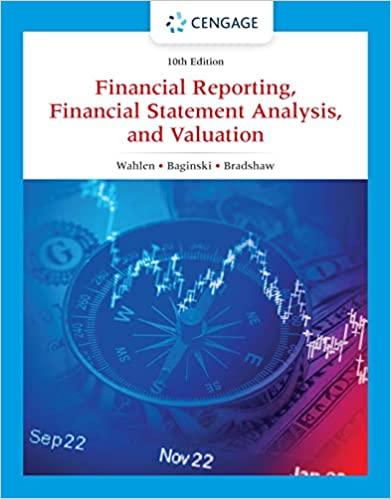Question
Bank Trust is a US bank. The bank has been lending abroad and borrowing in the US markets, thus the bank is exposed to foreign
Bank Trust is a US bank. The bank has been lending abroad and borrowing in the US markets, thus the bank is exposed to foreign exchange risk. In a recent transaction, the bank borrowed US$10 million via a one-year security at 5 per cent per annum nominal and funded a loan in Euros at 7.5 per cent. The spot rate at the time of this transaction was 1.19US$ = 1 (USD/Euro = 1.19).
(a) Immediately after the transaction closing, the bank received information indicated that the Euro would depreciate to US$1.18/ 1 by year end (i.e. 1.18US$ = 1). If the information is correct, what will be the realised spread on the loan? Assume adjustments in principal values are included in the spread.
(b) Suppose the bank had an opportunity to sell one-year forward Euros at US$1.191/1 (i.e. 1.191 US$ = 1). What would have been the spread on the loan if the bank had hedged forward its foreign exchange risk exposure?
(c) What does interest rate parity concept imply about the spread from investing in international markets calculated in part b?
(d) Suppose the bank decided to hedge foreign exchange risk using on-balance sheet technique. Without performing any calculations, explain the steps that would be followed to implement this technique. Explain how this technique reduces foreign exchange risk exposure.
Step by Step Solution
There are 3 Steps involved in it
Step: 1

Get Instant Access to Expert-Tailored Solutions
See step-by-step solutions with expert insights and AI powered tools for academic success
Step: 2

Step: 3

Ace Your Homework with AI
Get the answers you need in no time with our AI-driven, step-by-step assistance
Get Started


